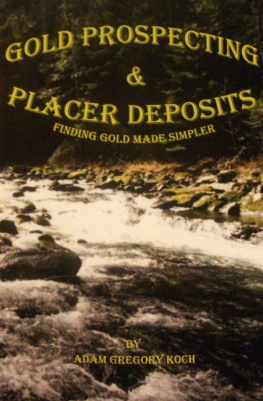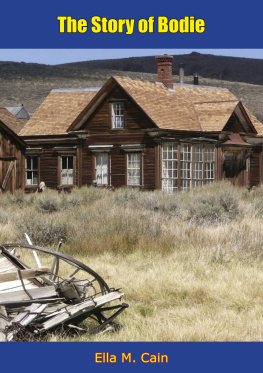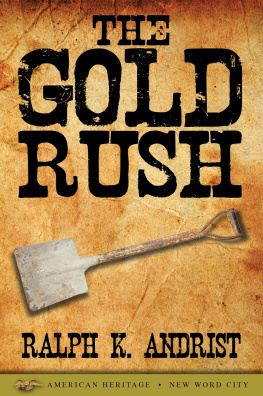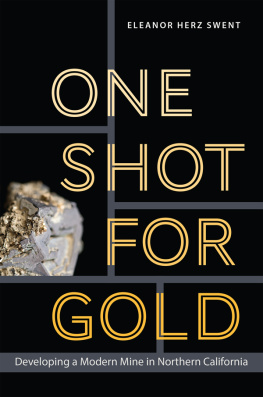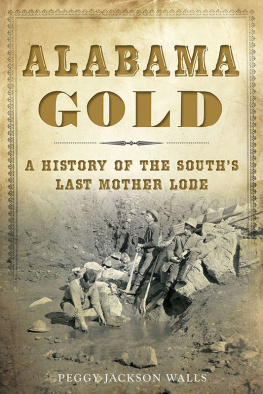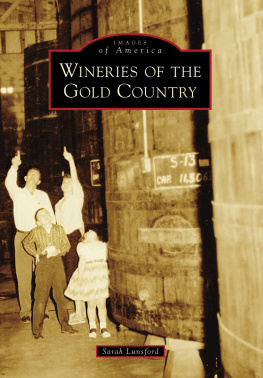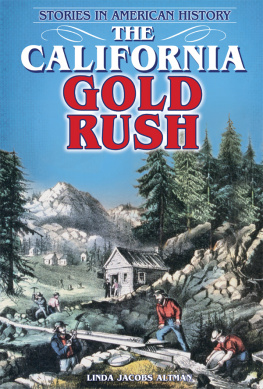University of Nevada Press, Reno, Nevada 89557 USA
www.unpress.nevada.edu
Copyright 2003 by University of Nevada Press
Photographs copyright 2003 by Marguerite Sprague, unless otherwise noted
All rights reserved
Manufactured in the United States of America
Library of Congress Cataloging-in-Publication Data
Sprague, Marguerite, 1958
Bodies gold : tall tales and true history from a California mining town / Marguerite Sprague.
p. cm.
Includes bibliographical references and index.
ISBN: 978-0-87417-856-2 (pbk. : alk. paper)
1. Bodie (Calif.)Gold discoveries. 2. Bodie (Calif.)History. 3. Frontier and pioneer lifeCaliforniaBodie. 4. Gold minersCaliforniaBodieHistory. 5. Mining campsCaliforniaHistory. 6. Ghost townsCalifornia. 7. Bodie (Calif.)Biography. 8. InterviewsCalifornia. 9. FolkloreCaliforniaBodie. I. Title.
F869.B65S68 2003
979.4'48dc21 2002151291
University of Nevada Press Paperback Edition, 2011
This book has been reproduced as a digital reprint
Frontispiece: Home Comfort Stove
ISBN-13: 978-0-87417-868-5 (ebook)
PREFACE
Tales of my wild Uncle Marion, many told by Marion himself, enlivened my relatively ordinary childhood. A visit to his Sierra home was like a visit to a fabulous adventure book: full of scary fun, but with a guaranteed happy ending. I still recall him rousting me out of my warm sleep at 4 A.M. to plop me into his old Army surplus jeepno airbags, no seatbelts, no doors. Off we went, careening through the frozen countryside to his favorite patch of Rock Creek, to teach me proper trout fishing. After a trout breakfast, he took everyone up to Bodie, his former home. That day we werent allowed to go into the town (the state park had not officially opened yet), and had to content ourselves with a view from Bodie Bluff.
Years later, to pay homage of sorts to my rowdy and influential (on me, anyway) uncle, I visited Bodie again. Uncle Marion was gone, but I certainly felt closer to him at his old house in the ghost town than at his grave in a southern California city cemetery.
Bodie gnawed at me. What began as a memoir for the family became a photography project as well. Then, being a technical writer, I had to make sure the facts I found were indeed true. I found just enough falsehoods to make me keep digging. You could write a Bodie encyclopedia, if you had the time. The amount of information (much of it of dubious accuracy) is staggering. I had to draw the line somewhere to keep the size reasonable. The result is this book.
Several groups of Bodieites have been either ignored or trivialized in the past, and they deserve more serious consideration. The two most numerous groups are the Kuzedika, the American Indians who lived in the area before the European-Americans showed up, and the Chinese. Another group is the people who lived in Bodie after the boom subsided. I have tried to describe some of these lesser-known Bodieites and their presumed perspectives on Bodie life. For each group, I have drawn on different resources.
Although the Kuzedika are a recognized tribe, and many Kuzedika people are alive today, there is not much published information about the tribe specifically. They are grouped with the Paiute and/or Shoshone people, whose original territories are to the north, south, and east of Mono Lake. Information about the people who lived in the immediate Mono Lake area is harder to come by. Many of them moved around the eastern Sierra seasonally, following the food supply, making them even more difficult to pinpoint geographically. I have relied heavily here on information from recorded interviews conducted in Bridgeport by anthropologists in the early 1930s. The quotes from Kuzedika people are from these interviews. The interviewees were Kuzedika in their 80s and 90s, people who grew up before and during the boom time of the Bodie area. The interviews can be found in the Ethnological Collection of the Bancroft Library, University of California at Berkeley. Some contemporary Kuzedika voiced the strong desire not to have details of their private rituals appear in popular publications; therefore I have not included such information in this book.
I found in talking with a number of American Indians (Kuzedika, Owens Valley Paiute, Pomo, and other nations) that there are no universally accepted terms to use when you are talking about the people who were living here before the European-American settlement movement of the eighteenth and nineteenth centuries. Some prefer the term Native American; more seem to prefer American Indian. Still others point out that all those terms are Anglo inventions and are therefore irrelevant to their identities. I am not taking on the argument; everyone seems to have a good point. However, I must use some term, and so I have used American Indian to refer to all the people living in what is now the continental United States before the European-American settlements began. I use the term Kuzedika to refer to the people who were living in the Mono County area when W. S. Bodie first arrived; it is their own name for themselves and is therefore indisputably correct. When I quote from or refer directly to newspaper items from that time, I use the term Paiute where it was the term used in the newspaper.
For information about Chinese Bodieites, I have relied on Bodie newspaper articles from that time, books about the Chinese (and other Asians) in California during the Gold Rush, and conversations with researchers who have been examining the lives and times of the Chinese in California. Interestingly, none of the researchers I spoke with had ever heard of Bodie.
I should also note that when describing Bodie society in its late nineteenth-century heyday, I use the term proper to refer to people, behavior, and so on that corresponded to the Victorian ideal of correct and desirable. This invariably meant Anglo-Saxon, East Coast/European in manner and style, and unsullied by rowdy activities that strike many of us today as rather fun. My use of this term by no means implies a judgment on my own part: I personally consider proper to be a highly variable property, dependent upon specific situations and generally irrelevant when one is speaking of humans in their varying forms and ways.
Quotes in this book come directly from their noted sources. Therefore, if there is some deviation from technically correct terminology (such as the Bodie and Benton Railway versus the Bodie and Benton Railway and Commercial Company or Mono Lake Railway and Lumber Company), that is because the original sources used the quoted words.
Although Bodies ambiance easily conjures up visions of life here in the late 1800s, many of the items on view in the town today actually date from Bodies later days. Some latter-day Bodieites have sent notes to the park over the years, telling of incidents and happenings in the town long and not so long ago, and some were even interviewed by park personnel. I had the distinct pleasure of interviewing eight former Bodieites at different times, one of whom was my own Uncle Jack Robson. I am grateful to them for their time and hospitality. I would like to thank them all: Mr. Bob Bell, Mr. and Mrs. Gordon Bell, Mr. and Mrs. Ed Goodwin, Mrs. Arena Bell Lewis, Mrs. Marilyn Fern Gray Tracy, Mr. and Mrs. Voss, Dr. Jack Robson, and Mrs. Lauretta Gray, may she rest in peace. All of them were enormous fun to talk with. Bodieites are a very hospitable and charming crowd, not at all the rude gunslingers of reputation!


